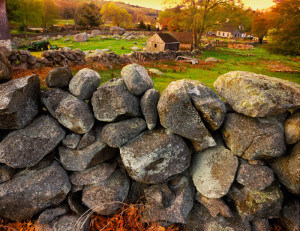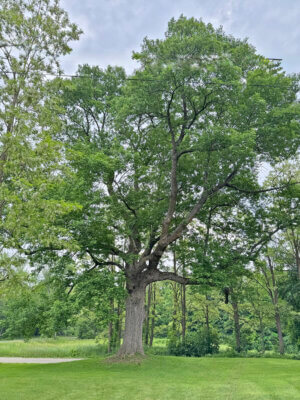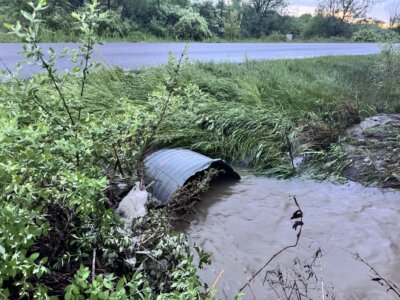Stone Walls of New England

This time of the year I tend to walk around my place a lot collecting maple sap. I often pass by a curious remnant of a stone wall hidden all other times of the year by either snow or vegetation. I fancy this wall was built many years ago by a farmer who needed either to delineate his property or to keep his animals from wandering around—or he simply needed a place to dump the rock that he was digging out of his fields. I like that wall to be there as I think about the many historical and natural changes that the landscape has undergone. I also appreciate that for well over 100 years, the wall has provided great hiding habitat to small critters so they can survive and prosper.
While trying to find out more about my wall and who might have built it, I consulted Robert Thorson’s book, Stone by Stone: The Magnificent History in New England’s Stone Walls. I learned that although walls were built from the time of the first settlement to the end of the pioneering stage, the most wall-building activity took place during the half century between the end of the American Revolution and the construction of the railroads (1775–1825).
In 1872, right after the Civil War, the U.S. Department of Agriculture estimated that there were a mere 240,000 miles of stone walls east of the Hudson River. Writers other than Thorson think this estimate is an understatement and claim that the number of miles could be at least twice as much. Either way, a tremendous amount of stone was hauled around during this 50-year period.
The construction of the countless miles of stone walls happened simultaneously with the vast deforestation that took place as more and more settlers came to the brand-new United States. Initially the early farmers cleared land for their small, diverse farms, treating the wood as inexhaustible. Then, starting in the early 1800s, as the demand rose for wool and sheep farming became very profitable, they cleared every possible acre for sheep pasture. For 50 or more years, right up to the time of the Civil War, the land was given over to sheep.
And what happened to the soils back then? The destruction of the vast forest cover and the increased disturbance caused by grazing and plowing the fields severely eroded the thick, insulating organic soils that had accumulated, undisturbed, since the last Ice Age. This likely caused the sub-soils to freeze up more severely every winter, which caused the buried rocks to migrate more rapidly toward the surface. There was now plenty of opportunity to use the stone for replacing wood as a major fencing material and plenty of hardship while managing the rocky farmland (though rock walls were not effective in containing the sheep).
This all changed after the Civil War, when many farmers lost their lives or they moved on to the next great frontier, the grasslands farther west that were just opening up for settlement. Throughout New England a serious depression set in; farmers abandoned their lands or sold them if they could and moved away. The forest grew back.
With the re-growth of the northeastern forests, the soils once more began to rebuild. When leaves and all other plants fell to the ground, they stayed there; rain fell and sank into the soil. In many places, like in the woody area of my property, a blanket of insulating soils is slowly being established. And guess what? The little critters that scurry around my fence and dig around the stone are in effect causing the wall to sink back into the sub-soils. At some time evidence of the wall will have disappeared, but somehow I expect when that happens, I will not be collecting maple sap anymore.
Related Stories
Popular Stories
If you enjoy The Charlotte News, please consider making a donation. Your gift will help us produce more stories like this. The majority of our budget comes from charitable contributions. Your gift helps sustain The Charlotte News, keeping it a free service for everyone in town. Thank you.
Andrew Zehner, Board Chair








